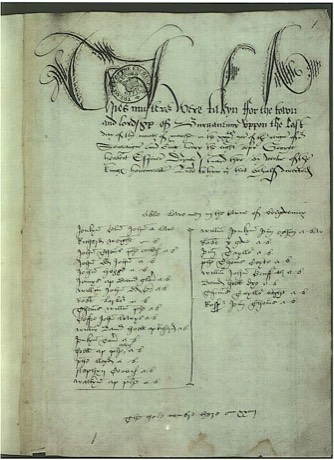The Royal Monmouthshire Royal Engineers (Militia)
The Origins of the Regiment
Monmouth’s regiment is one of the oldest in the country, going back to the momentous 1530’s when Henry VIII dissolved monasteries, split from Rome and divorced wives. He also sought to control and tax Wales - and accordingly passed an Act of Union and created new counties, including Monmouthshire. Troops were then mustered here - in 1539. (This was before firearms came into common use.)
But these troops were for the maintenance of law and order within the county - and were under the command of the local aristocracy - not the King. Over time they became known as Trained Bands, and later as Militia Regiments.
In the Civil War of the 17th century the Monmouth Trained Band remained loyal to the Crown guarding Raglan, Chepstow, Newport and Monmouth. Monmouth Castle changed hands three times, finally falling to the Parliamentarians after a brief siege in October 1645.
The militia existed to preserve law and order within the counties and men who joined were exempt from full-time service. After the Restoration of the Monarchy the King commanded a new, small, Regular Army, but not the larger Militia - whose colonels usually sat in Parliament.
A Militia Act in 1757 empowered Lord Lieutenants to raise men within a county by ballot, for a three-year term of part-time service. But the well-off could avoid duty by providing a substitute or paying a fine - and often most of the men were substitutes! In Monmouthshire successive Dukes of Beaufort commanded the Regiment, while the gentry were the officers, purchasing commissions to maintain their social standing.
In time of war the militia was “embodied” into the Army and could be posted to other counties, though not abroad. Thus the Regiment was on anti-invasion duties in the south of England and Ireland during Napoleonic times.
The Muster Roll of 1539


